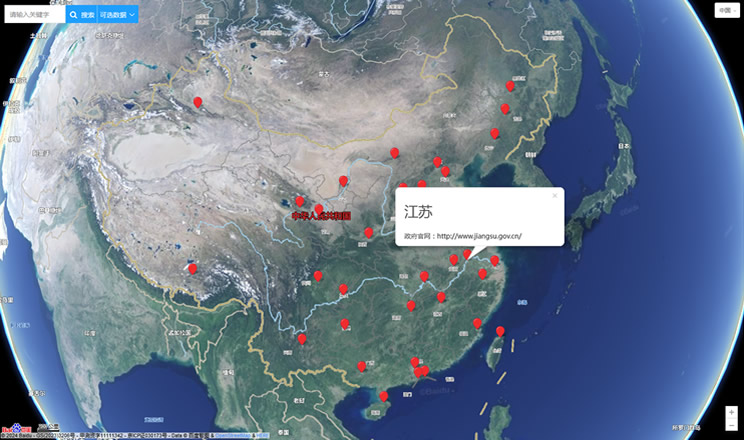The area has been settled extensively since prehistoric times, and numerous Jōmon period sites have been found by archaeologists, the most famous being the Sannai-Maruyama Ruins located just southwest of the city center dating to 5500-4000 BC, and the Komakino site slightly further south dating to around 4000 BC. The large scale of these settlements revolutionized theories on Jōmon period civilization. During the Heian period, the area was part of the holdings of the Northern Fujiwara clan, but remained inhabited by the Emishi people well into the historic period. After the fall of the Northern Fujiwara in the Kamakura period, the territory was part of the domain assigned to the Nambu clan, and into the Sengoku period, it came under the control of the rival Tsugaru clan, whose main castle was located in Namioka. After the start of the Edo period, Aomori was a minor port settlement for Hirosaki Domain called Utō (善知鳥村, Utō-mura?). The town was rebuilt in 1626 by Moriyama Yashichirō, under orders of the daimyō, Tsugaru Nobuhira and renamed Aomori, but the name did not come into common use until after 1783.
Extreme weather in China
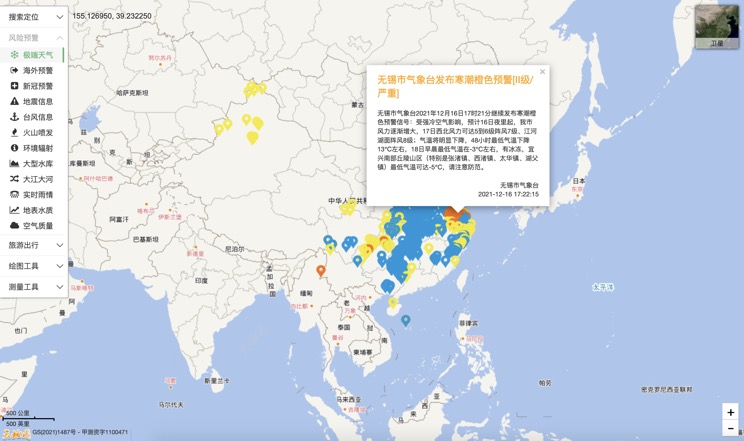
China Earthquake Information
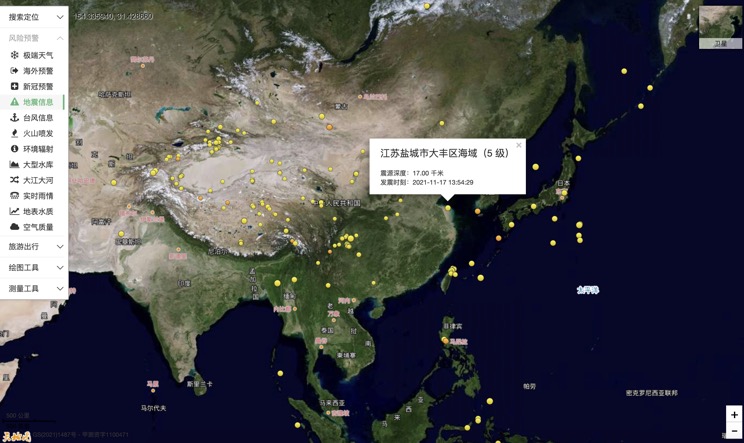
Volcano eruption
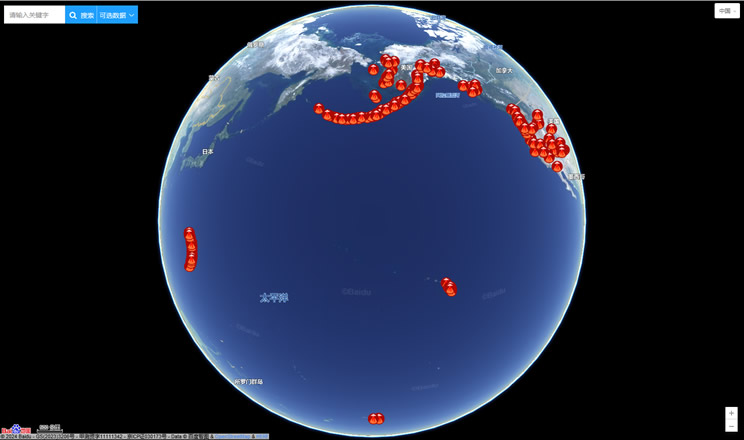
Environmental Radiation in China
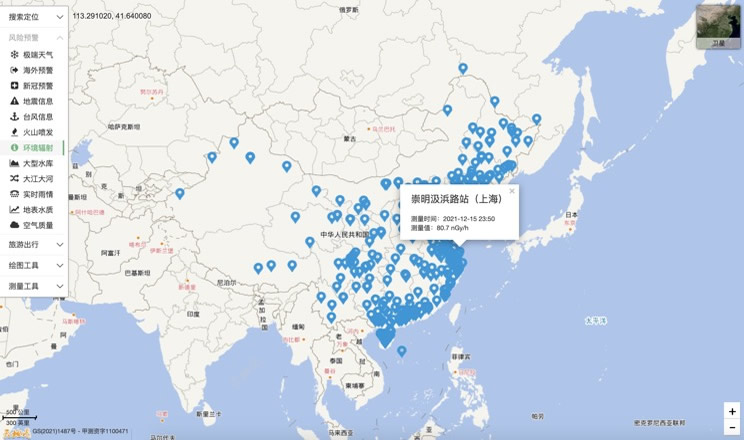
Overseas Warning
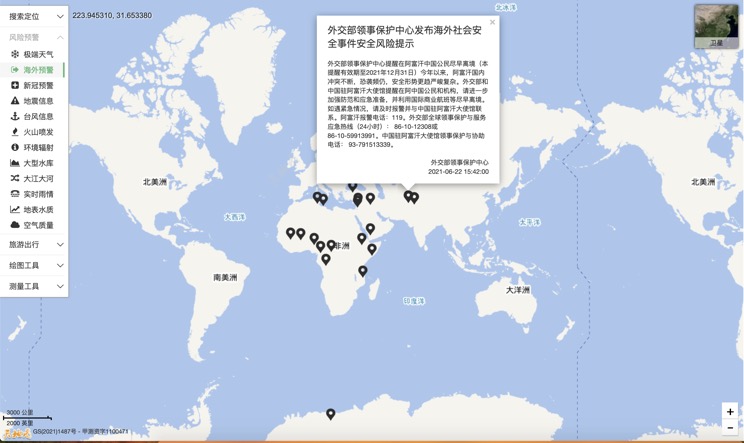
China's air quality
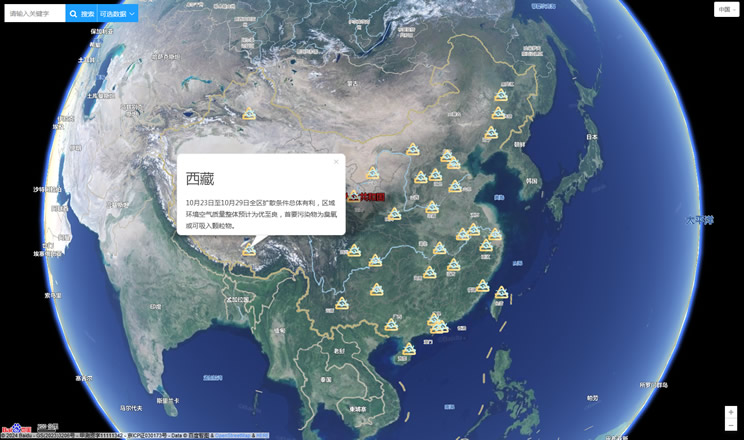
China's Water Disaster Alert
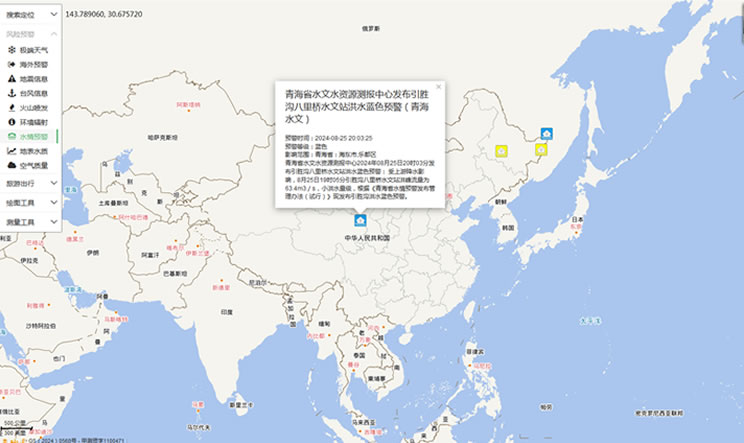
China Weather Forecast
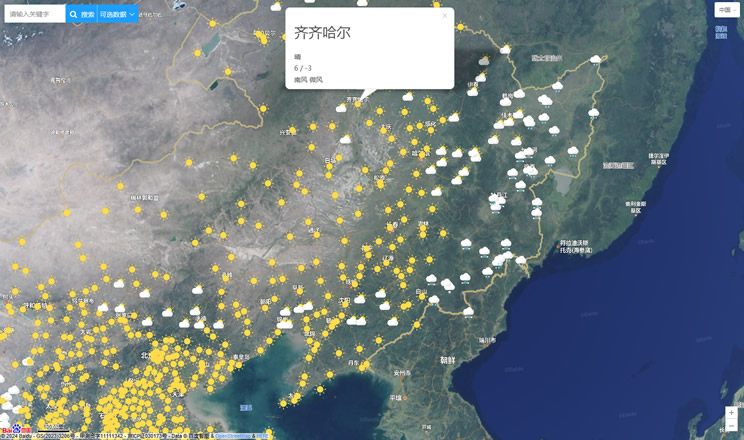
Introduction to Countries
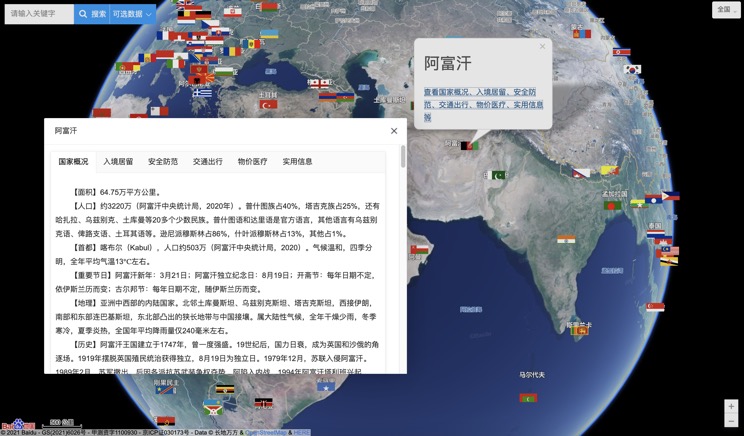
China Subway Lines
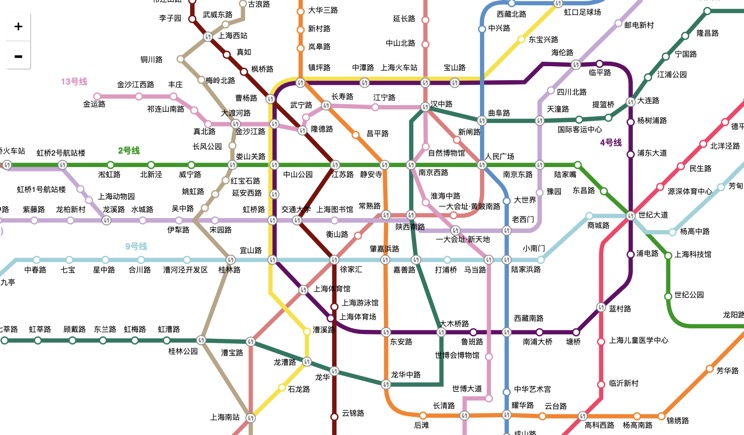
China's 5A Scenic Spots
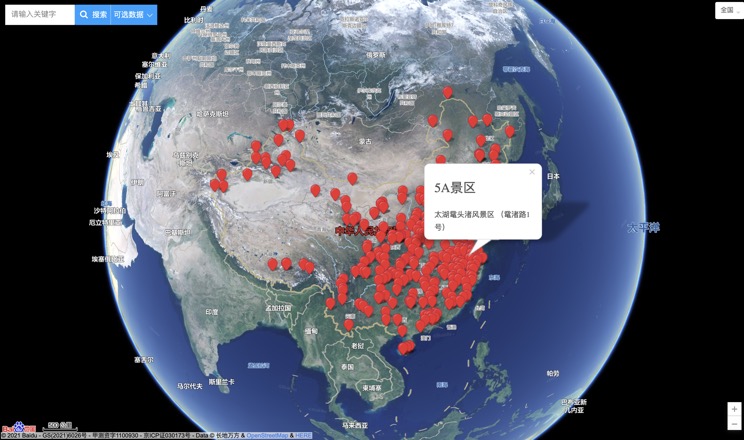
Provincial Capitals in China
